Our Projects – Environmental Example Projects
Rollins Ford Road
Sensitive ecological features were avoided, and where impacts from the development of either the residential or the road project were unavoidable, the Least Environmentally Damaging Alternative was selected. A hybrid of both off- and on-site mitigation locations was chosen based on itemized success criteria identified by the development team and economic analysis.
The project included close coordination with government agencies and execution of aquatic and terrestrial habitat assessment according to county, state, and federal protocols during the preparation of conceptual and final mitigation plans. The conceptual plan and CWA permitting addressed stream and wetland impacts by incorporating significant in-stream restoration, wetland creation and enhancement, extensive floodplain and riparian area plantings, and upland planting using native grasses and shrubs, and saplings.
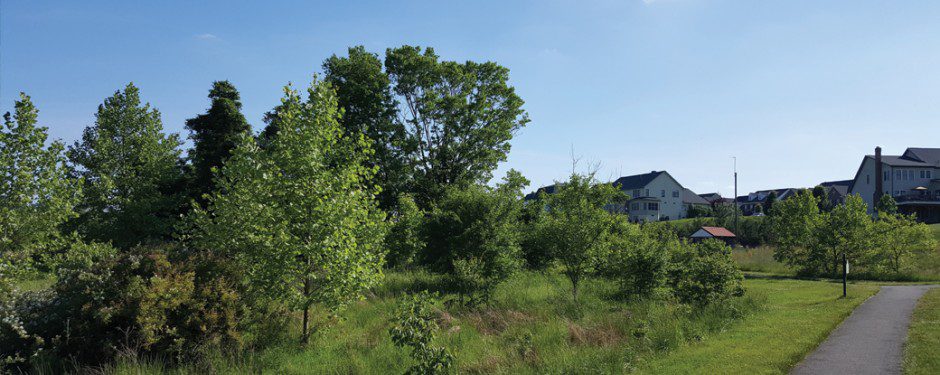
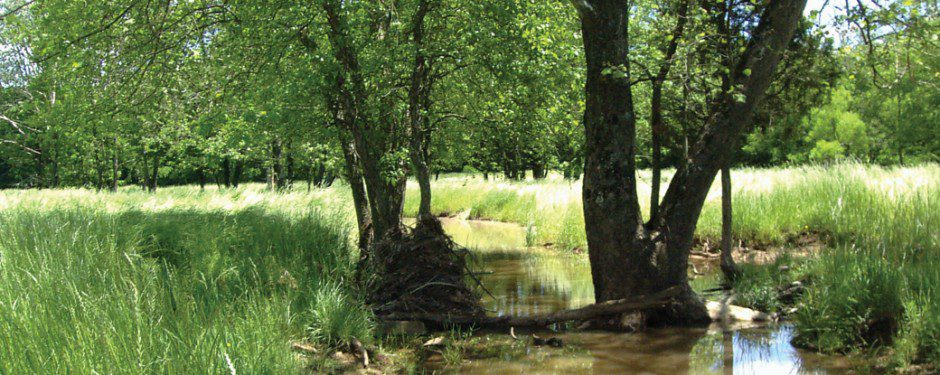
Saranac
The development includes sustainable siting of homes to meet the Northern Virginia need for human development goals while retaining the ability of natural systems to continue to provide the natural resources and ecosystem services upon which the economy and society depend. The site is approximately 200- acres adjacent to Lake Manassas and includes significant reaches of the stream, wetland acreage, a cemetery, and an active bald-eagle nest.
The integrated project team comprised land surveyors, civil engineers, geotechnical engineers, cultural resource specialists, biologists, and client representatives who worked together to identify, map and design.
The development that reflected the team’s commitment to integrating culturally ecologically sensitive areas into the development. Approximately 17 acres of wetland, 2,000 linear feet of stream, the on-site cemetery, and the eagle-nest management area were kept intact and actively protected during development to provide a cultural link to the local past, both terrestrial and aquatic ecological corridor integrity and linkages to avoid habitat fragmentation, and low impact water quality and quantity management.

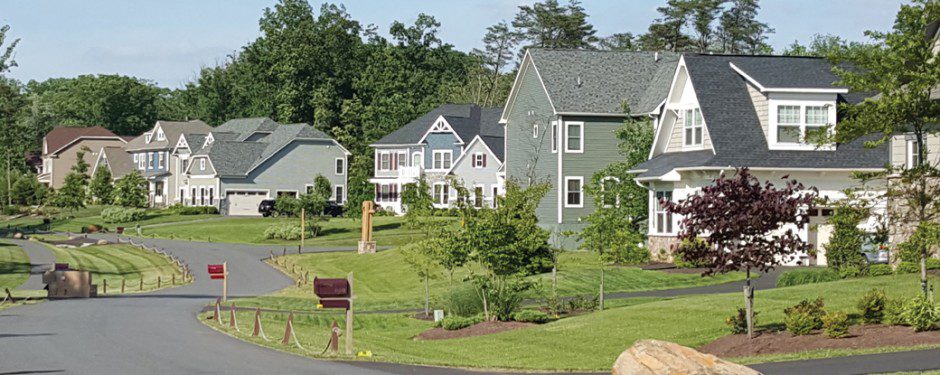
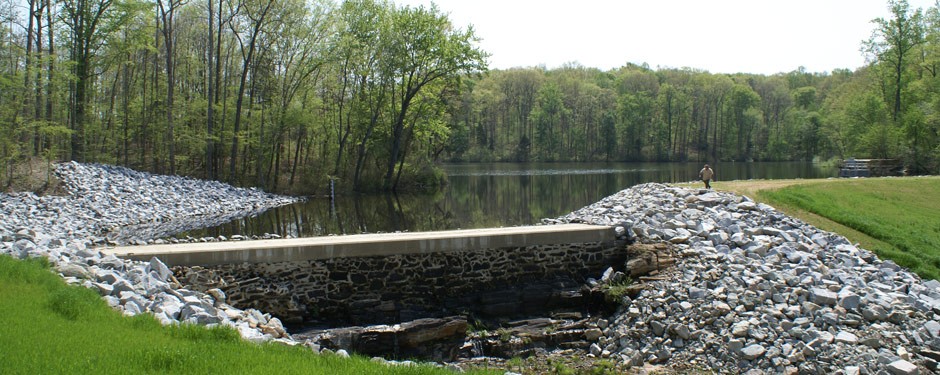
Powhatan Lake Dam
The Powhatan Wildlife Management Area in Powhatan County, Virginia, is a nearly 4,500-acre recreational expanse used for hunting, fishing, and hiking. Two 30-plus acres of adjacent lakes are within the wildlife management area known for recreational fishing and trophy largemouth bass. Severe thunderstorms over time caused the lakes’ upper and lower dams to spill over and fail. Reconstruction was completed within the original downstream footprint to preserve neighboring wetlands. The original spillway stone masonry wall from a mill built in the 1800s was incorporated into the emergency spillway design for the older upper dam. An existing 1932 vintage concrete retaining wall also was preserved and incorporated into the design of the lower dam. The new dams’ embankments are less steep than the original ones built in the 1850s and 1930s. The shallower slopes will reduce the potential for erosion and lessen the likelihood of a future breach by providing greater stability.
The project had a compressed timeline because of funding and permitting deadlines.
Bristow Industrial Park
This 54-acre tract zoned M-1 (Heavy Industrial) in Gainesville, Virginia, is under construction as an industrial park. The Park has an existing US Army Corps of Engineers CWA permit and a Virginia Stormwater Management Program.
Whit Fox representatives provided Stormwater Pollution Prevention activities, including preparation of the Stormwater Pollution Prevention Plan (SWPPP), which must be prepared before submitting a registration statement for permit coverage to the VSMP Authority or DEQ and third-party site inspections for compliance with the general permit, including SWPPP review and periodic site-review for ongoing compliance with water quality and quantity requirements that are consistent with the VSMP permit regulations, to reduce pollutants in the stormwater runoff from the construction site.
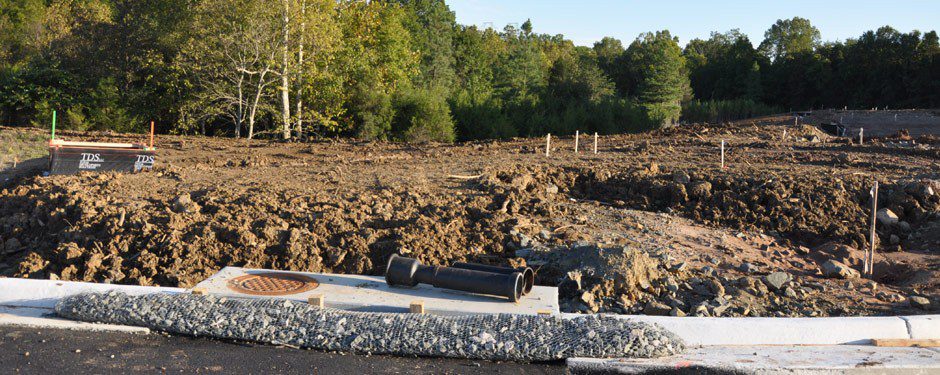
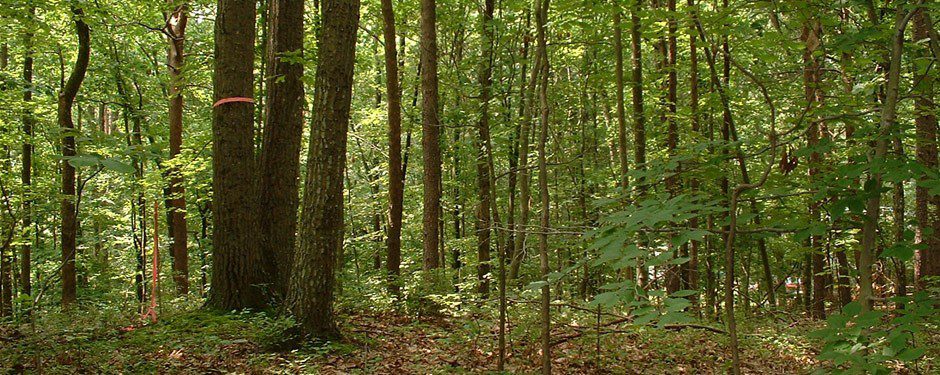
National Environmental Policy Act Compliance
To provide clients with the broadest possible resource base from which to draw upon for their NEPA work, the Whit Fox team includes professionals who have practiced the discipline across the depth and breadth of the United States and Puerto Rico and who have a broad NEPA perspective gained through service to a wide range of federal and industry clients.
Whit Fox staff are experienced in the entire NEPA process. They have executed all three levels of analysis, from Categorical Exclusion documentation to Environmental Assessments and Environmental Impact Statements for various projects. We provide you with the expertise required to quickly determine which level of NEPA analysis is needed for your project and have the background to give the required NEPA analysis to the larger team in an effective way. We can support large NEPA programs, provide portions of a NEPA document to address small site-specific aspects, and have the knowledge to include a more in-depth assessment of Environmental Justice or Climate Change topics as warranted.
